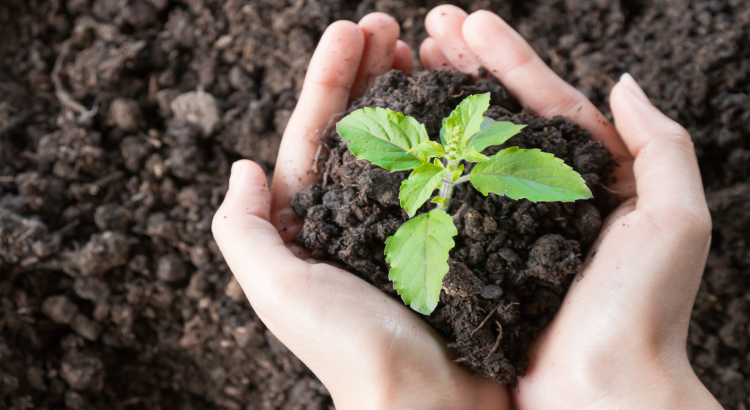
Like many Islanders, our family is grappling with the effects of Hurricane Fiona in both our backyard and in our adopted homeland, the Island. Having moved to Prince Edward Island in 2021 from Toronto, Ontario, the lure of the night sky, the open views and the wonderful community drew us here. We purchased a hobby farm in Orwell. We grew abundant gardens, and our children ran freely outdoors, often playing in the old maple and linden trees where we hung swings. Also new in this past year was a great personal career development. I joined the Island Nature Trust as their new Fund Development Coordinator in September of 2022 and was welcomed by an incredible team of engaged and generous co-workers, all sharing the goal of the protection and preservation of our Island’s natural areas.
As it was for many of our friends and neighbours, Hurricane Fiona drastically altered the landscape of our community and of our property. In the days preceding the storm we prepared as best we could. In the garden, I harvested all that I could from our apple trees. I brought in tomatoes that were barely blushing and the children kept busy harvesting grapes. We checked on the tree supports for our tender new plantings that had gone in during this past spring. The work felt meaningful, and on Friday night before the storm, I walked the land with our St. Bernard puppy Rose, feeling the transition of the weather as the storm winds started to pick up.
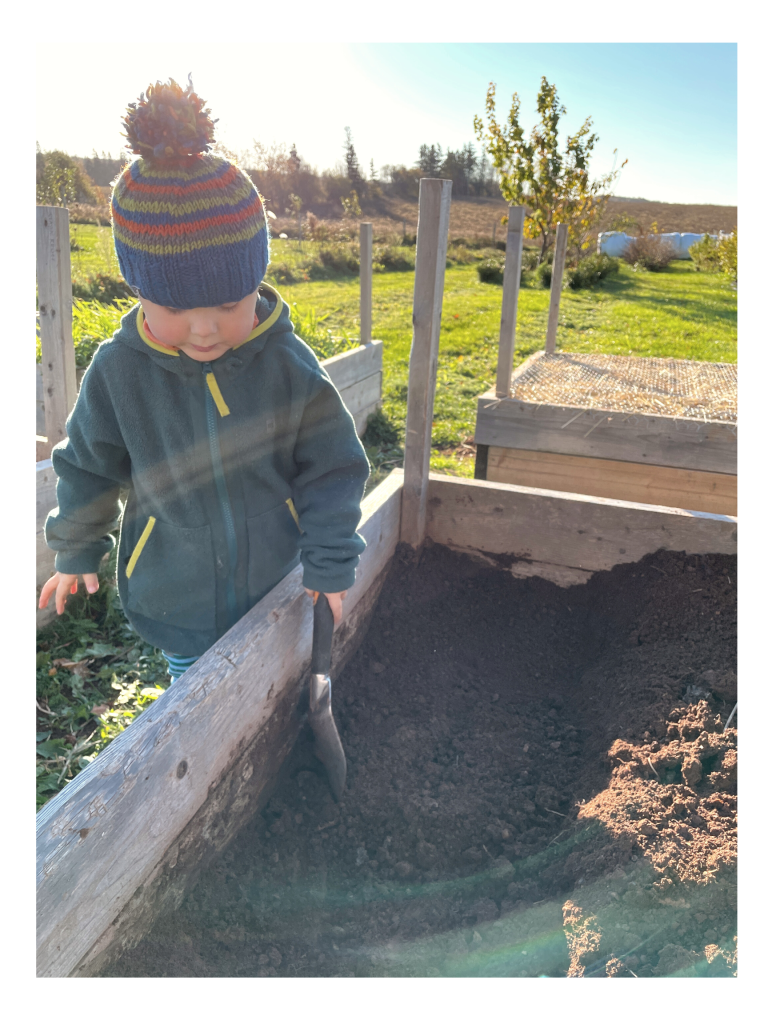

By morning, as the gale winds howled, we truly saw the scale of the devastation outside our home. As we gave thanks for the safety of our home and family, our eyes were drawn over and over to the uprooted 200-year-old linden tree, the limbs fallen from the large maple and the 50-foot fir trees, snapped in two. The Annabelle hydrangeas that cheerily engulfed the base of our front porch were barren and battered and our raspberry patch looked more like trampled sticks, denuded of all their foliage.
Returning to the Island Nature Trust office post storm, the team gathered and the shared grief over the destruction of the natural wonders of our island was couched with the deep gratitude explored by the stewardship team who so eloquently shared with us how the natural features of our island protected us and absorbed the very worst of the storm.
Now, as we get back to work and the urgent need for funding to protect our natural areas is greater than ever, we look not only towards what can be done island-wide but also in our own backyards. The incredible connectivity of nature is more apparent than ever as we steward our own choices moving on from the chaos of the storm.
I wanted to share our path forward as we start to assess the changes to our backyard ecosystem and offer some suggestions as we let nature take the lead in healing our island. With the help from our incredible ecologists here at INT, we have come up with some tangible and actionable options for caring for your own patch of PEI.
Stewardship at Home Tips:
01
Observe and assess; the implications from the storm and how it has impacted your local ecosystem around your home may not be apparent within even the first few weeks post-storm. Observe what has changed and take note. It may be useful to look back through old pictures or your camera roll to see how the storm has changed the landscape and what plant materials have been damaged or removed.
02
Choose a closed-loop system; where the space permits, keeping the storm debris and using it for composting or wood chips allows the organic materials from the trees and plants on your land to regenerate your property.
03
Give thought to a replanting plan; you may want to choose to plant native varieties where non-indigenous ones once stood. The resilience of these plants can be greater when faced with major storm events as they are adapted to our specific climate and conditions.
04
Expand the variety of plant material on your land by choosing plants that have different ecological functions. Adding plant habitats and food sources for birds, pollinators, insects and beyond will have a real impact on the island’s restoration.
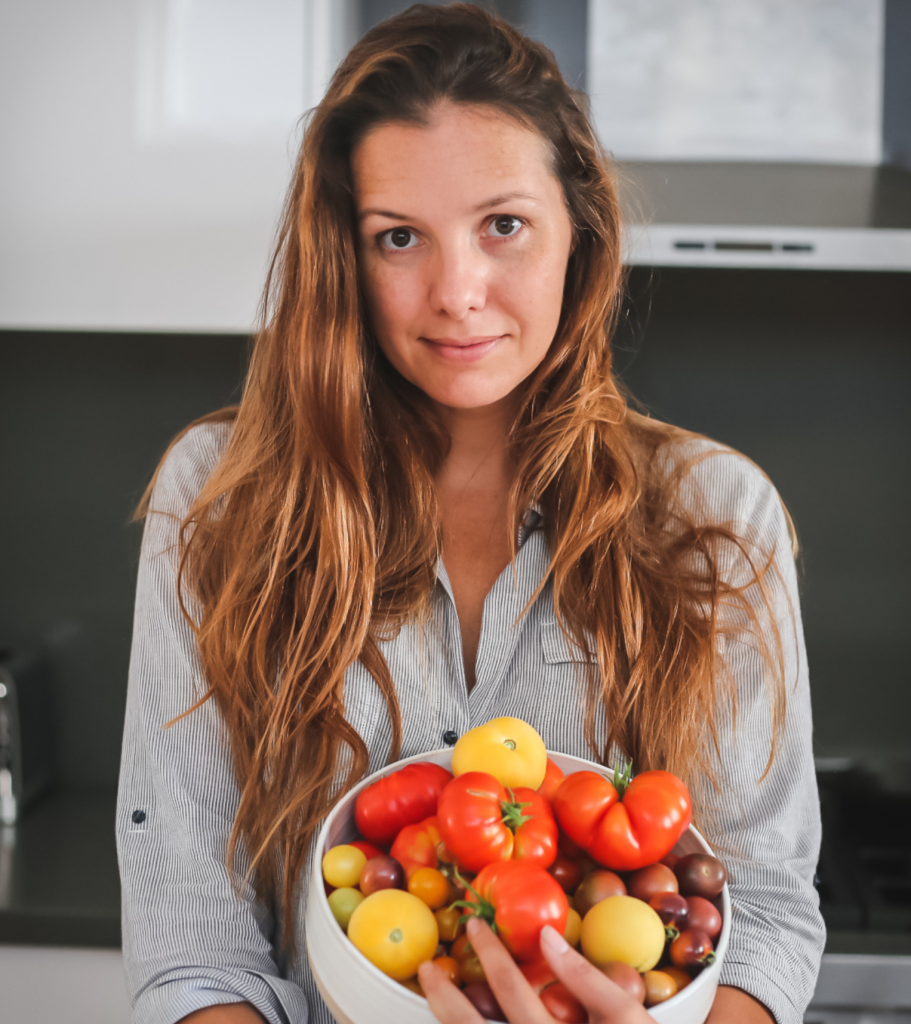
So, what does that look like in our little homestead? Follow along as we endeavor to move through the four-step process above. We’ll be sharing photos, plant lists and more and welcome your questions and feedback.
Be A Champion For Nature
We all share a unique connection to nature, and our supporters express it in diverse ways.
They are our Champions of Nature, coming from various backgrounds – from hands-on volunteers to
digital advocates, creative fundraisers, and generous donors.
What kind of Champion for Nature are you?

Are you passionate about hands-on conservation efforts or getting directly involved in nature protection?

Are you interested in supporting nature through financial contributions or potentially donating land for long-term protection?

Are you an artisan or entrepreneur and enjoy using your creativity to raise funds for nature conservation?

Do you love using your voice to raise awareness and advocate for environmental causes in your community?
Get in touch
Connect with our team
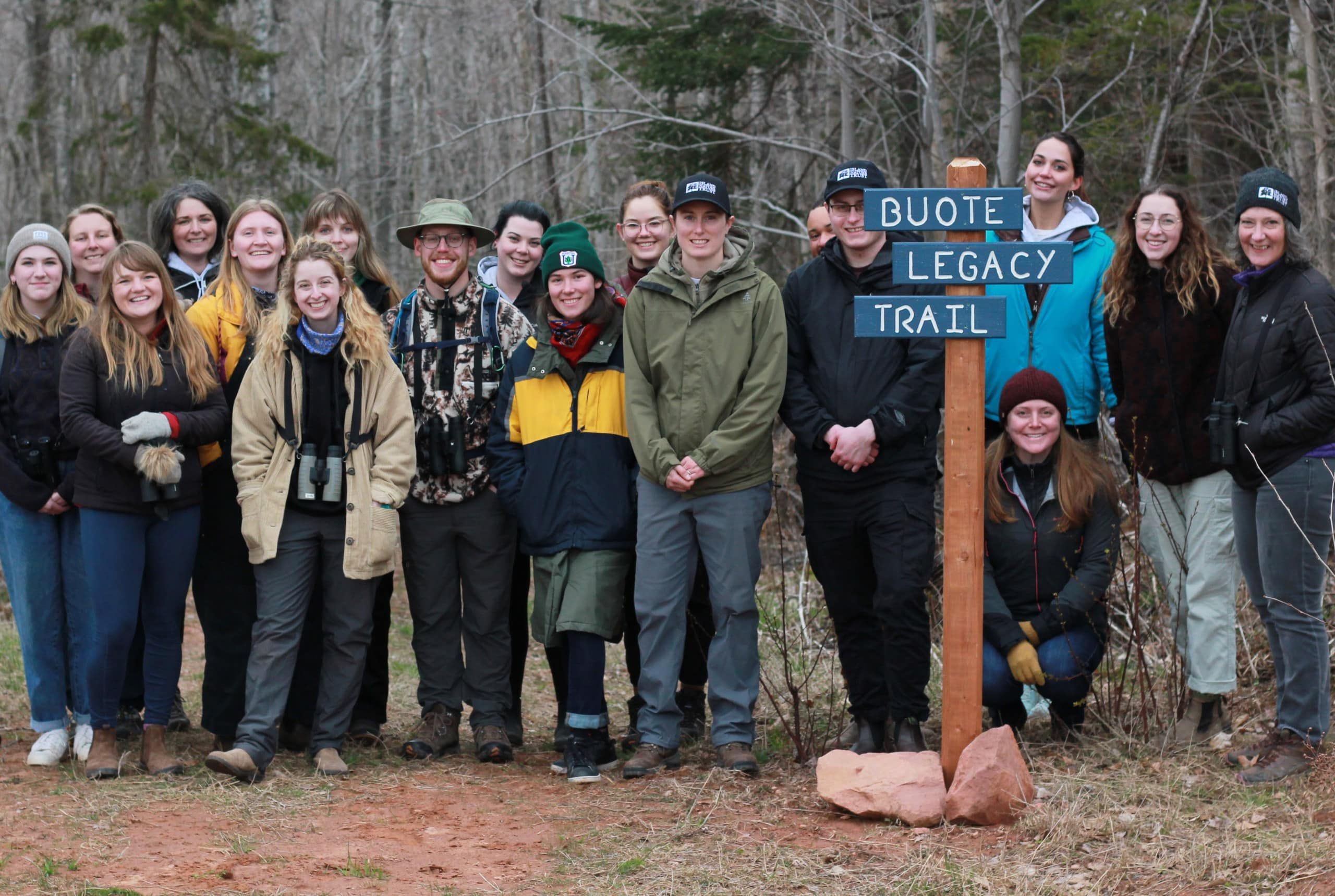
Sign up
To Our
Newsletter
Be the first to know about
future events, news and
campaigns.
Follow Us
#givingbacktonature
